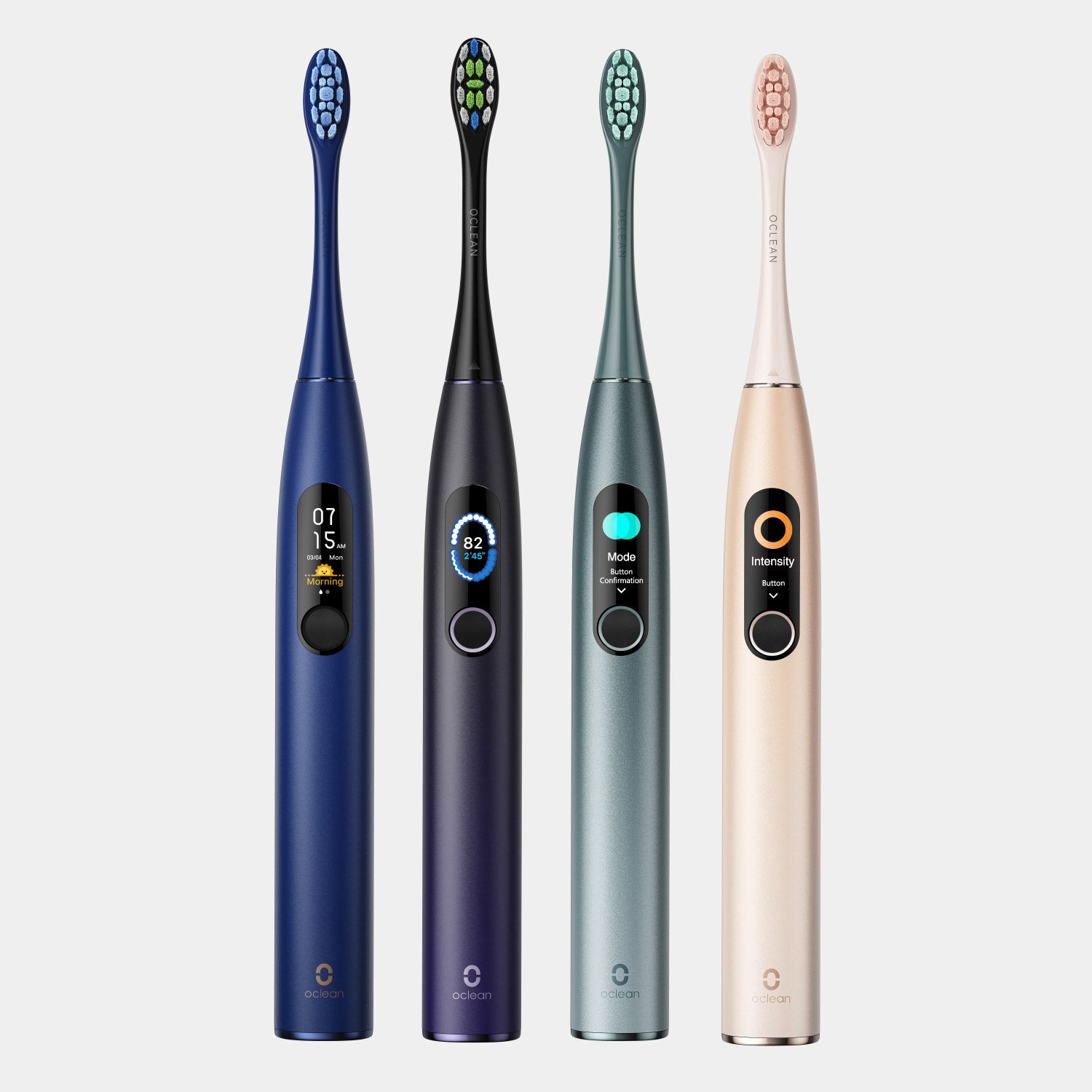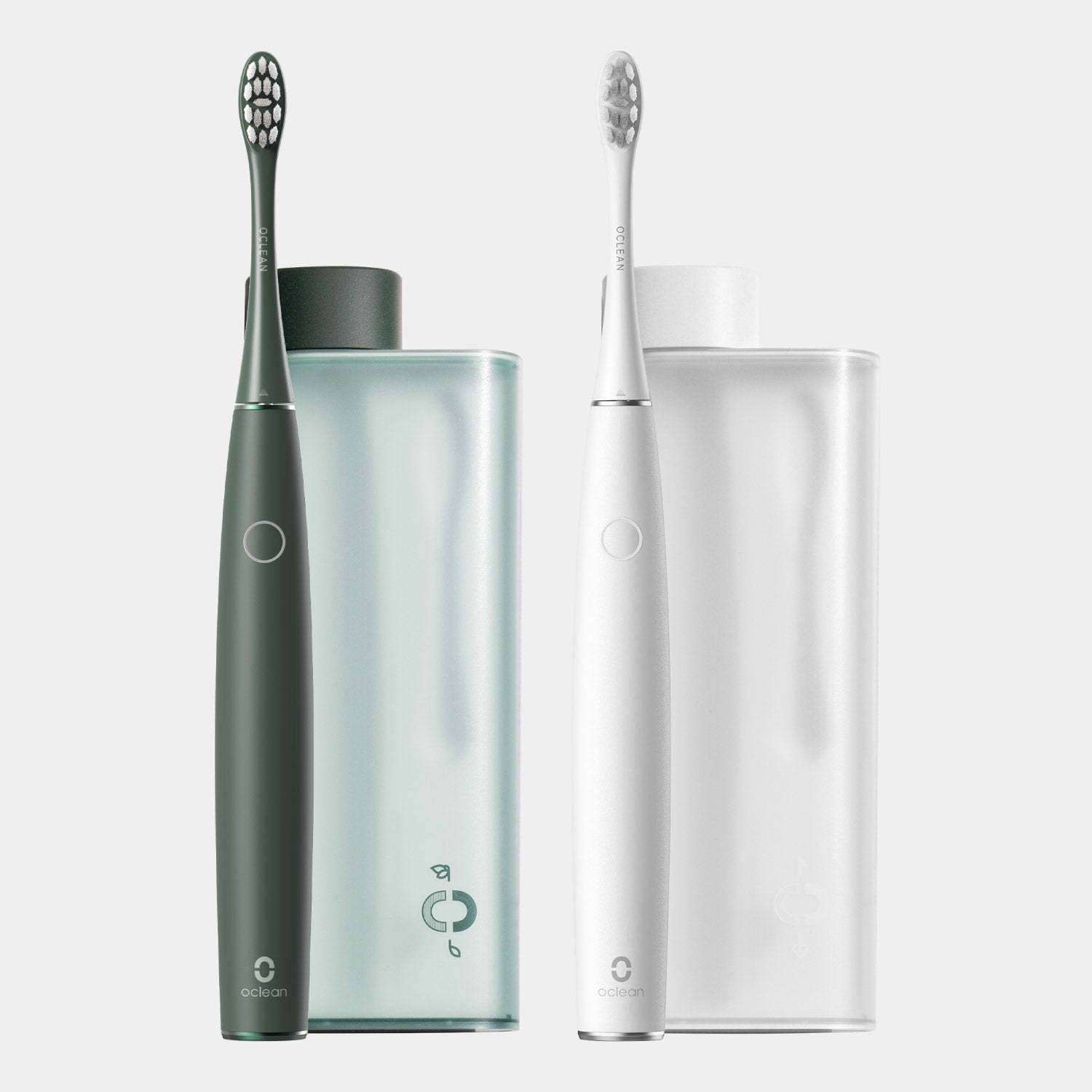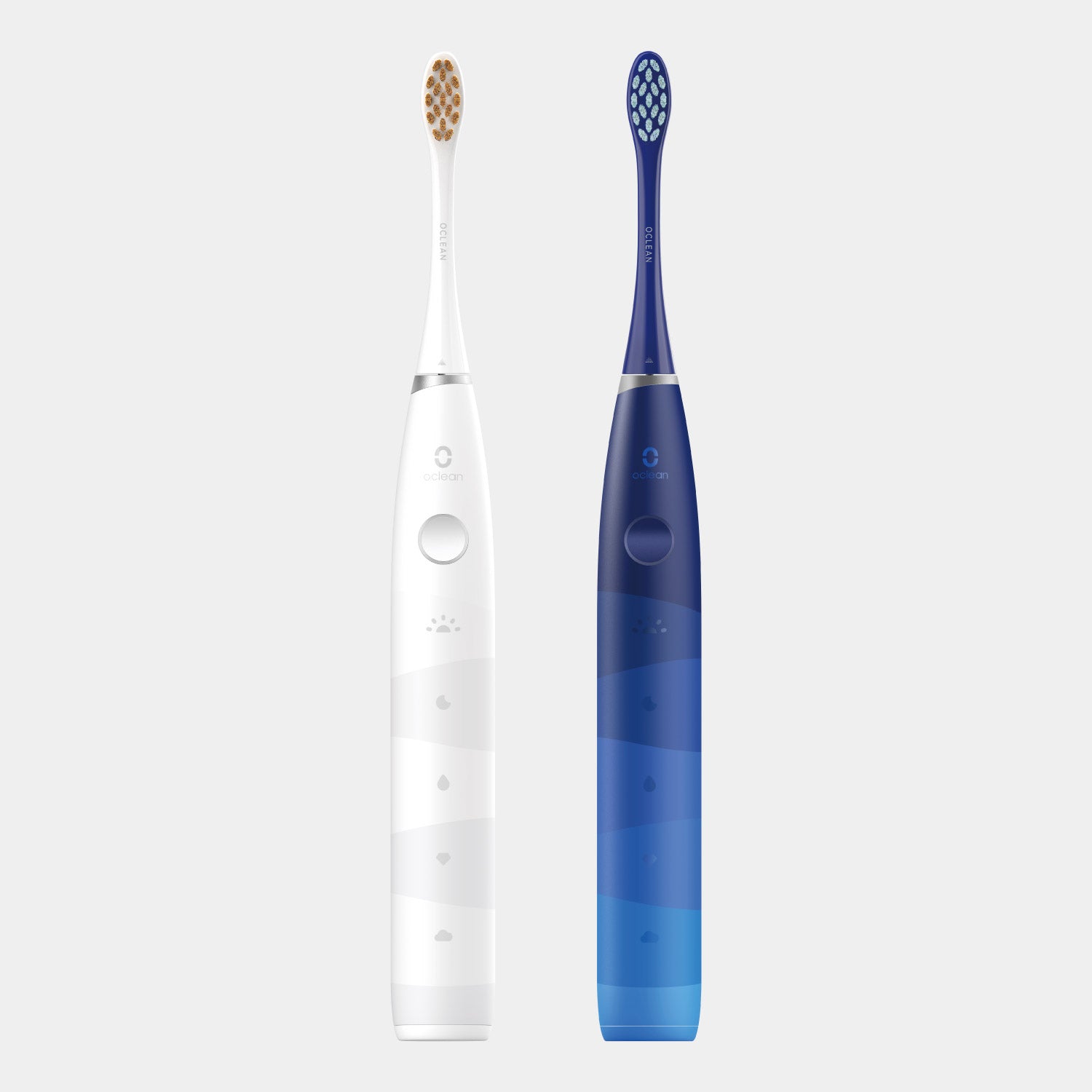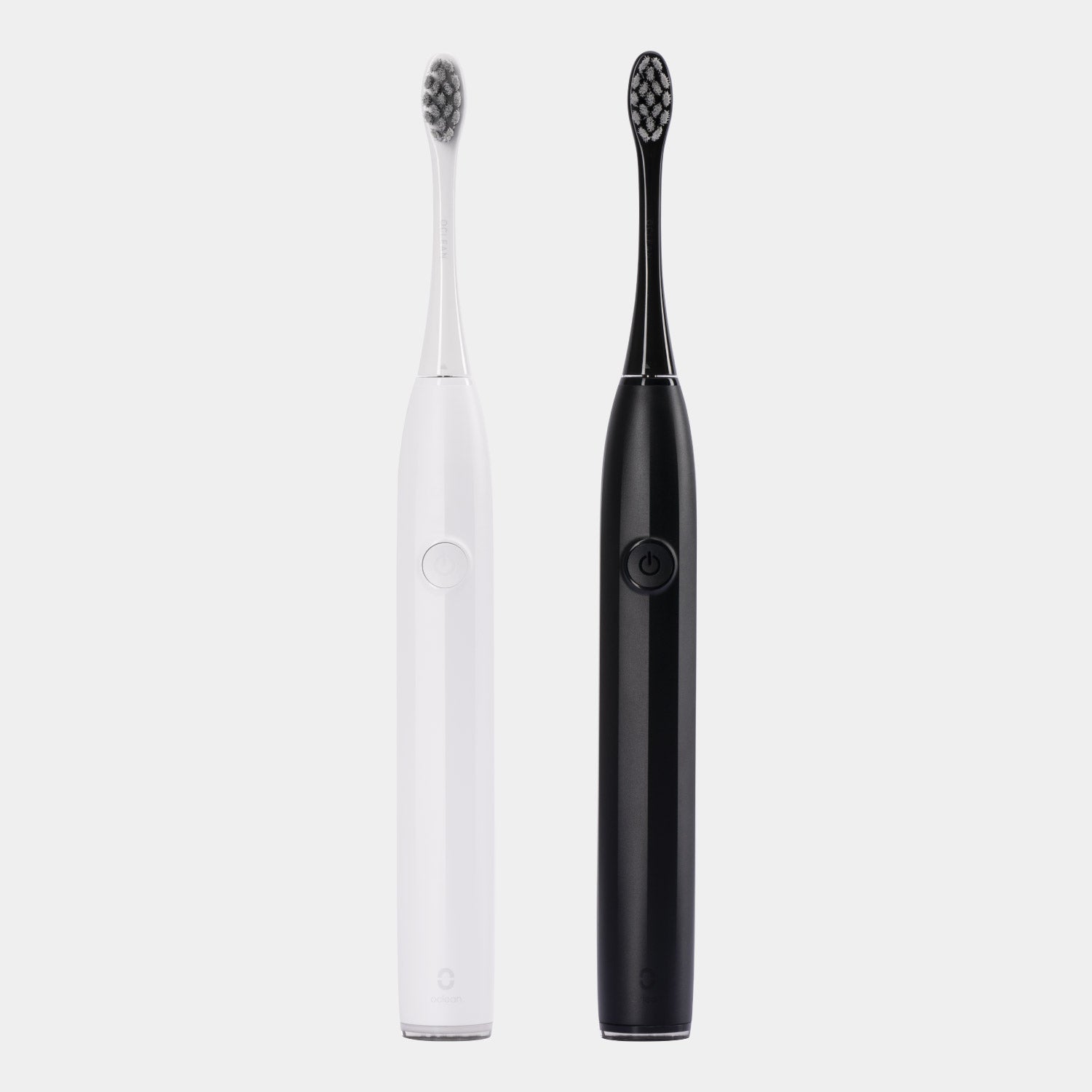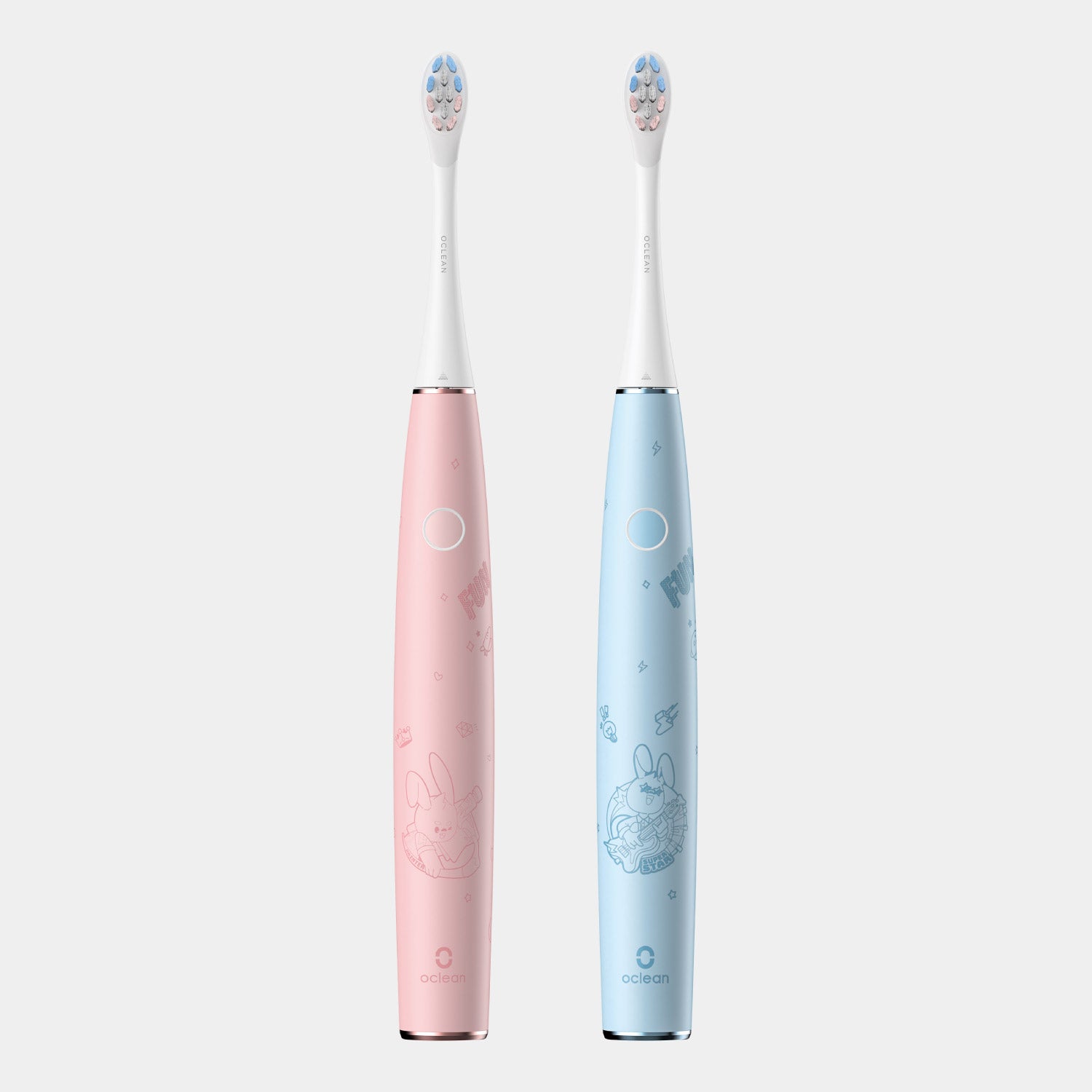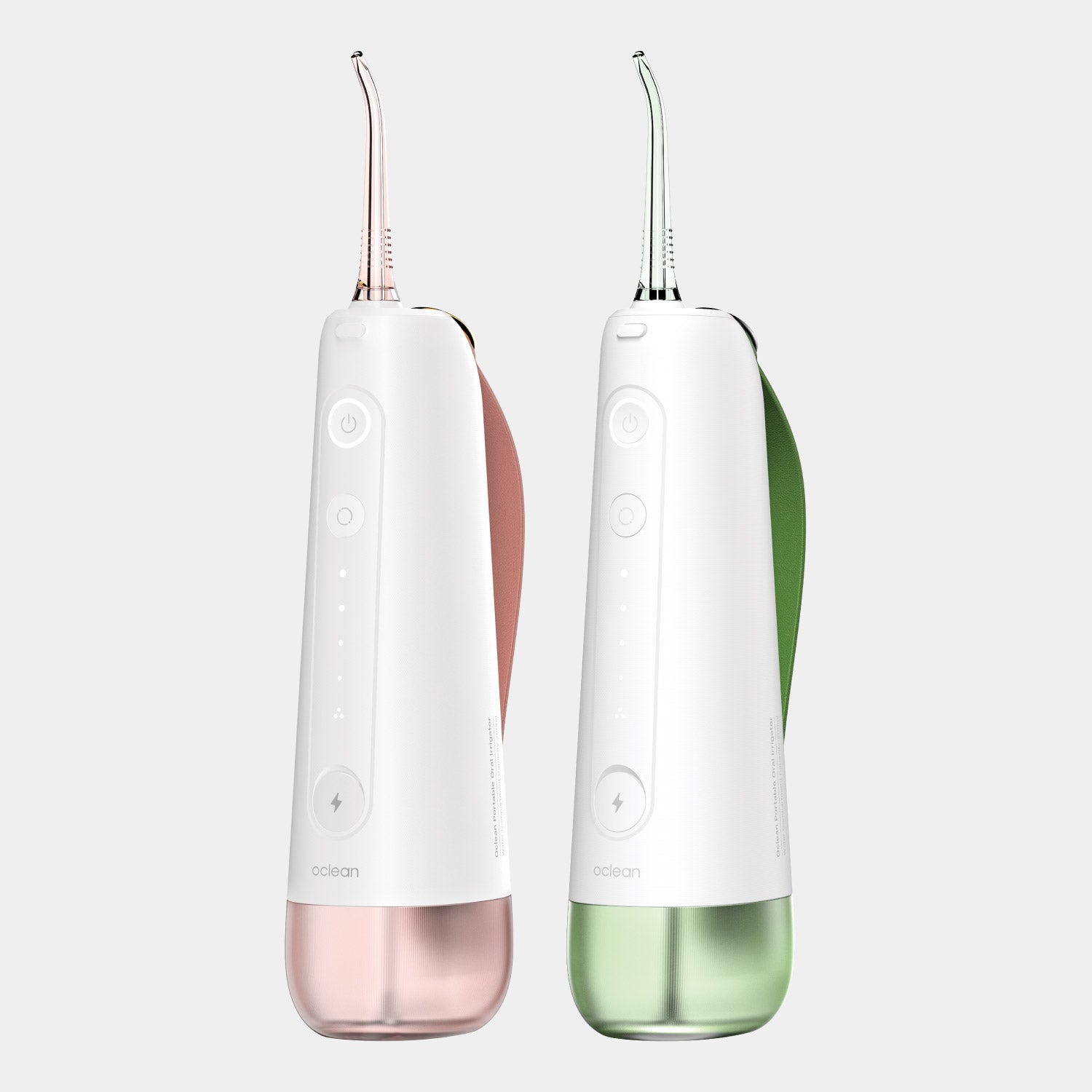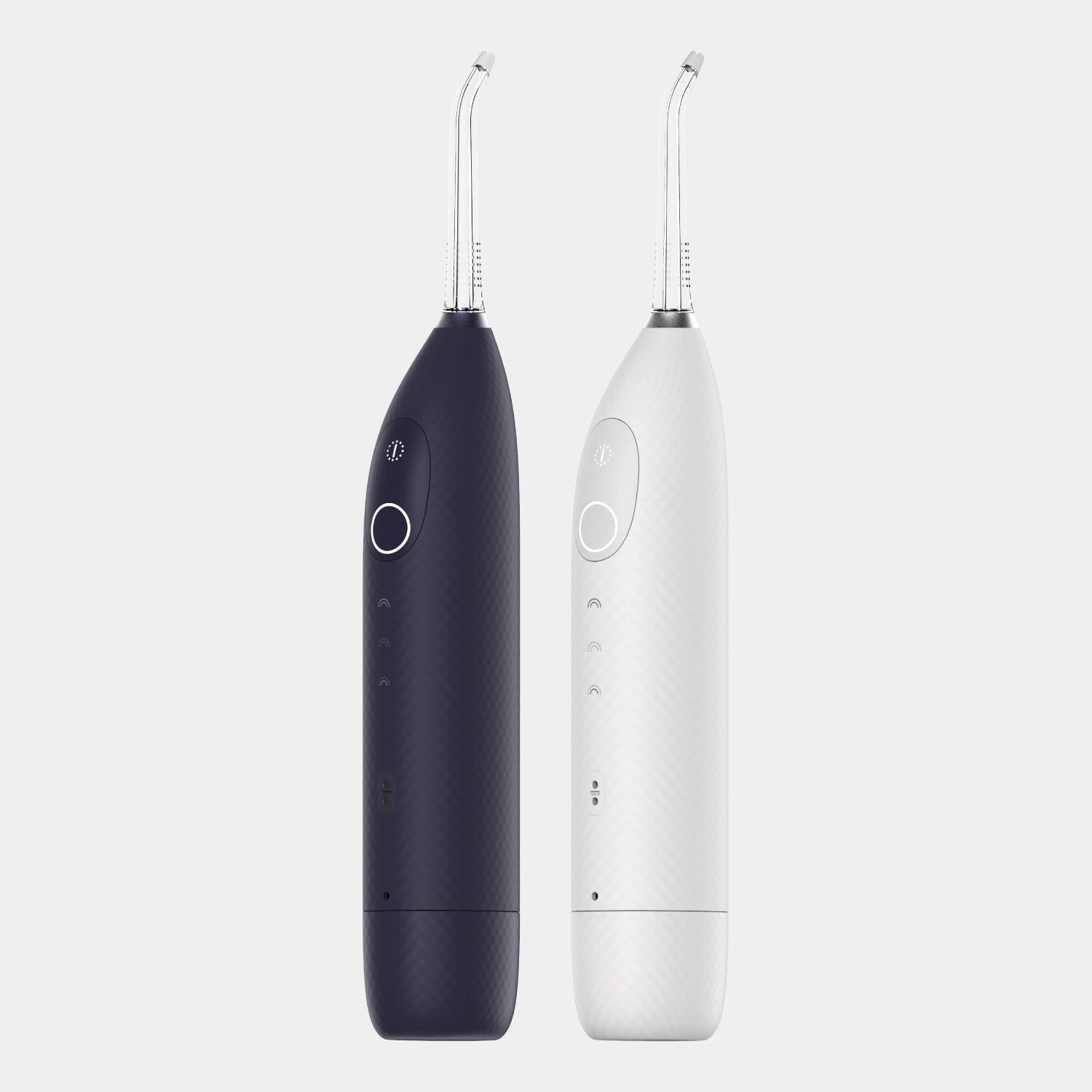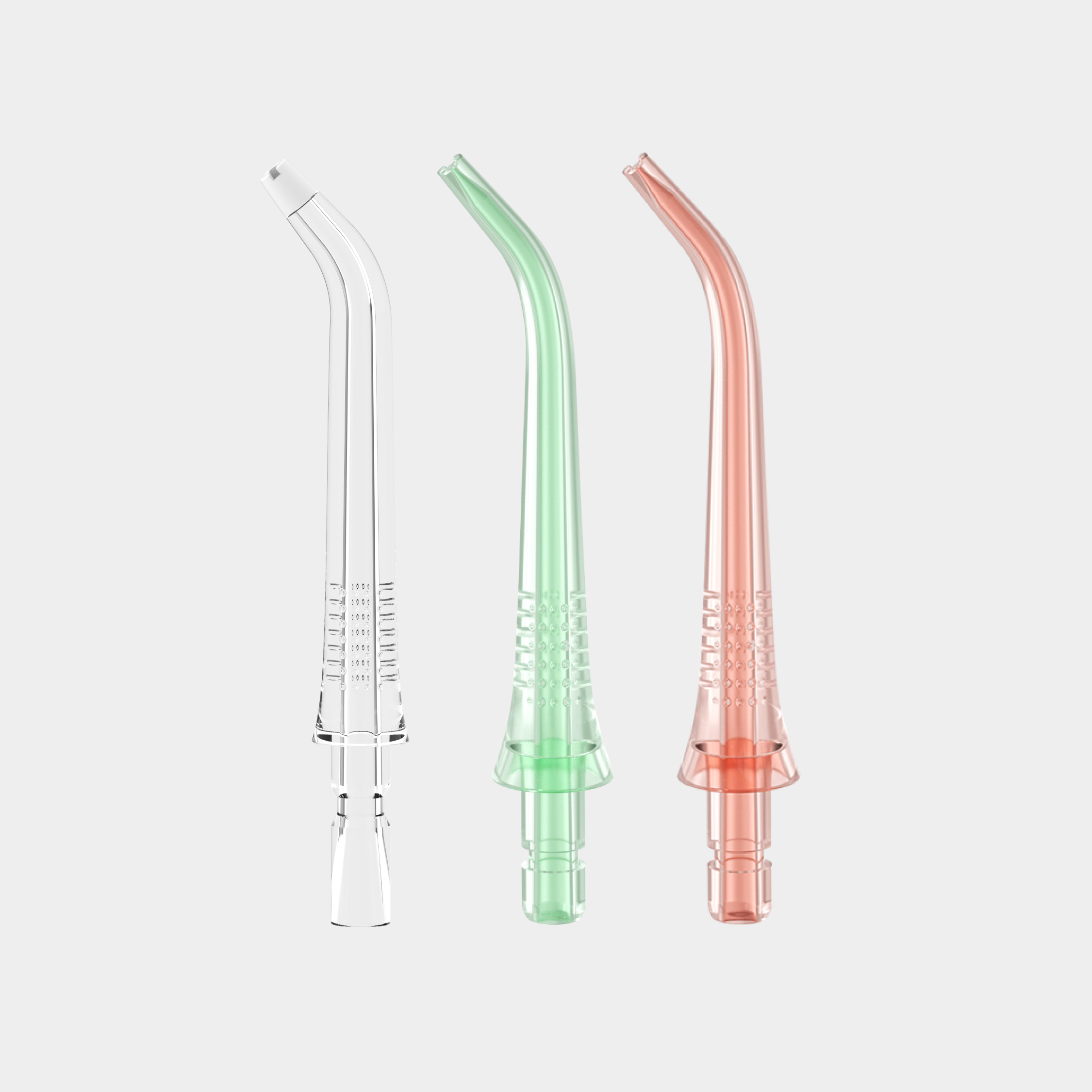
When it comes to maintaining oral hygiene, choosing the right toothbrush can make a significant difference. Among the plethora of options available, two types stand out: the traditional electric toothbrush and the innovative sonic toothbrush. This guide delves into the "sonic vs electric toothbrush" debate, helping you understand their similarities, differences, and ultimately, why the sonic toothbrush might be the superior choice for your dental care needs.
Sonic vs. electric toothbrush
Before diving into the distinctions, it's essential to understand the basics of both types. Both sonic and electric toothbrushes are designed to provide a more efficient clean compared to manual brushing. They offer features like timers, multiple brushing modes, and rechargeable batteries, ensuring a comprehensive and convenient oral care routine, ushering in the future of oral care.
Sonic toothbrush
A sonic toothbrush operates using high-frequency vibrations, producing thousands of brush strokes per minute. This rapid movement creates dynamic fluid activity, pushing fluid between teeth and along the gum line. The result is a thorough clean that can reach areas traditional electric toothbrushes might miss.
Electric toothbrush
Traditional electric toothbrushes, on the other hand, use a rotating or oscillating motion to clean teeth. While they also provide a more efficient clean than manual toothbrushes, their technology is relatively simpler and might not reach as effectively into tight spaces as a sonic toothbrush.
Sonic vs. electric toothbrush: Key Differences
Understanding the key differences between these two types can help in making an informed decision. Here, we break down the most significant distinctions in the "sonic toothbrush vs electric" debate.
Cleaning mechanism
Sonic toothbrush: Utilizes high-frequency vibrations (models like Oclean X Pro utilize up to 84,000 brush movements per minute) to create fluid dynamics, which helps in cleaning even the most challenging areas in the mouth.
Electric toothbrush: Employs rotating or oscillating brush heads (usually around 3,000 to 7,500 strokes per minute) to mechanically remove plaque and debris.
User experience
Sonic toothbrush: Known for being gentle yet effective, making it ideal for users with sensitive gums or teeth. The vibrations can sometimes feel ticklish, but users quickly adapt to the sensation.
Electric toothbrush: Provides a more mechanical feel due to its rotating or oscillating motion, which some users may find too vigorous.
Noise level
Sonic toothbrush: Typically quieter due to its vibration-based technology.
Electric toothbrush: Can be louder because of the mechanical rotation or oscillation.
Sonic versus electric toothbrush: Pros and Cons
Every type of toothbrush has its pros and cons. Here’s a closer look at what you can expect from each.
Sonic toothbrush
Pros:
- Effectiveness: The high-frequency vibrations ensure a thorough clean, reaching deep between teeth and along the gum line.
- Gentleness: Ideal for sensitive gums, providing a gentle yet effective cleaning action.
- Innovative features: Often equipped with advanced features like Bluetooth connectivity, customizable brushing modes, and pressure sensors. For instance, the Oclean X Ultra S is packed with such cutting-edge technology, making your brushing routine not just effective, but also a bit more exciting.
- Timer features: Built-in timers ensure you brush for the dentist-recommended two minutes, often with interval timers to indicate when to move to a different section of your mouth.
- Quiet operation: Many sonic toothbrushes, like the Oclean X Pro Elite, are designed to operate quietly, providing a more pleasant brushing experience.
- Longevity: Typically, sonic toothbrushes have longer battery life, requiring less frequent charging, which is convenient for regular use and travel.
- Ease of use: The high-speed vibrations do most of the work, making it easier to achieve proper brushing technique with less effort.
- Improved plaque removal: Proven to remove more plaque compared to manual and some electric toothbrushes, enhancing overall oral hygiene.
- Whitening effect: Some sonic toothbrushes come with modes specifically designed to help remove surface stains, contributing to whiter teeth over time.
- Better gum health: The gentle vibrations help stimulate gums, promoting better blood circulation and overall gum health.
Cons:
- Cost: Generally more expensive than electric toothbrushes.
- Adaptation period: Some users may need time to adjust to the unique vibrating sensation.
Electric toothbrush
Pros:
- Affordability: Typically more affordable than sonic toothbrushes.
- Variety: Wide range of models available to suit different needs and budgets.
- Accessibility: More widely available in stores and online, making it easier to purchase both the toothbrush and replacement heads.
Cons:
- Effectiveness: May not clean as thoroughly as sonic toothbrushes, particularly in hard-to-reach areas.
- Gum sensitivity: The mechanical action can sometimes be too harsh for users with sensitive gums.
- Noise levels: Electric toothbrushes are often noisier than their sonic counterparts, which can be distracting or bothersome for some users.
- Battery life: Typically, electric toothbrushes need more frequent recharging than sonic toothbrushes, which can be inconvenient for users who travel often.
- Weight and bulkiness: Electric toothbrushes can be heavier and bulkier than sonic toothbrushes, making them less comfortable to use, especially for children or individuals with limited dexterity.
- Technology and features: They generally lack the advanced features of sonic toothbrushes, such as multiple brushing modes, smart connectivity, and real-time feedback.
Are sonic toothbrushes better?
When considering sonic toothbrush effectiveness, it's clear that these devices offer several advantages over traditional electric toothbrushes. The dynamic fluid action created by high-frequency vibrations ensures that plaque and food particles are effectively removed, even from the most difficult-to-clean areas. This thorough cleaning capability often leads to better overall oral health, reducing the risk of gum disease and cavities.




